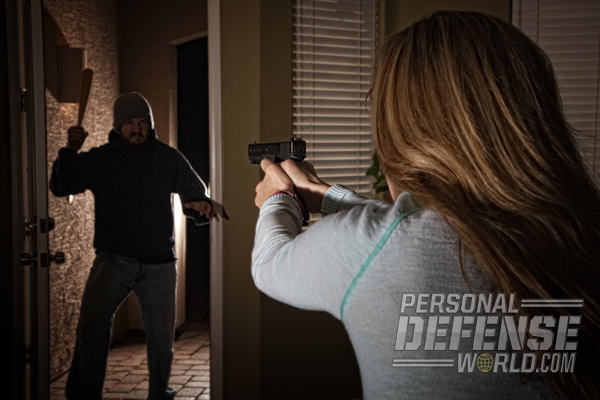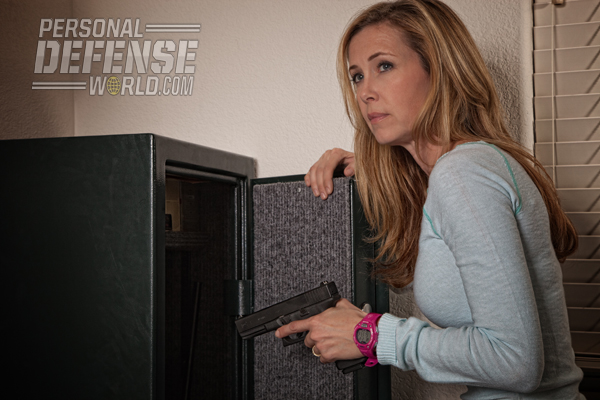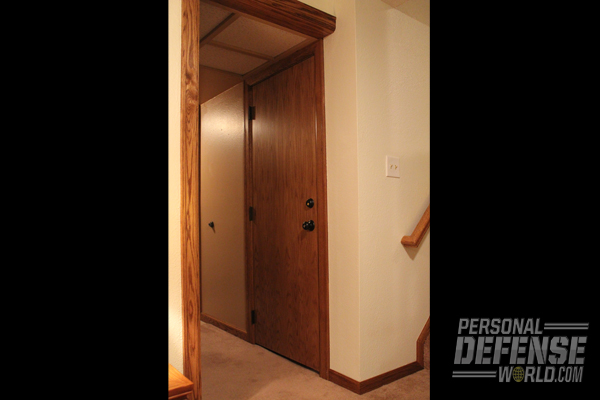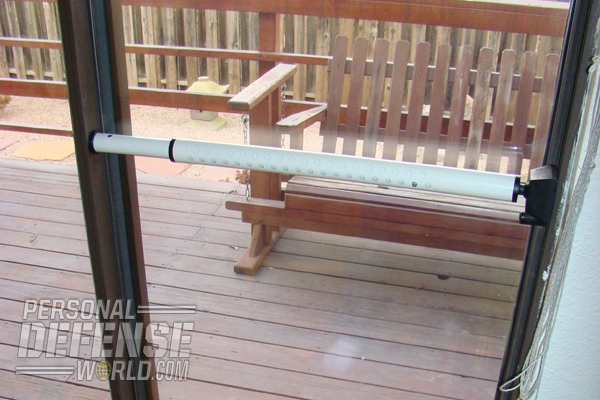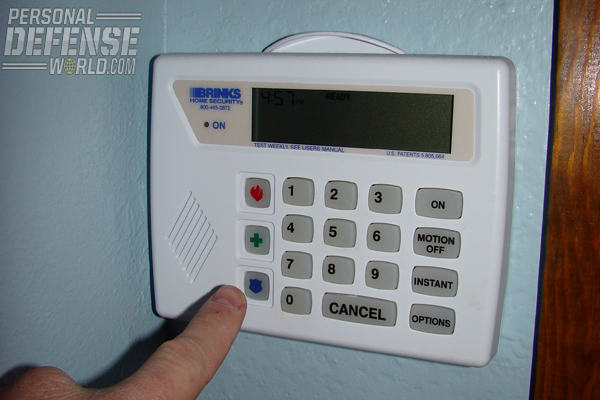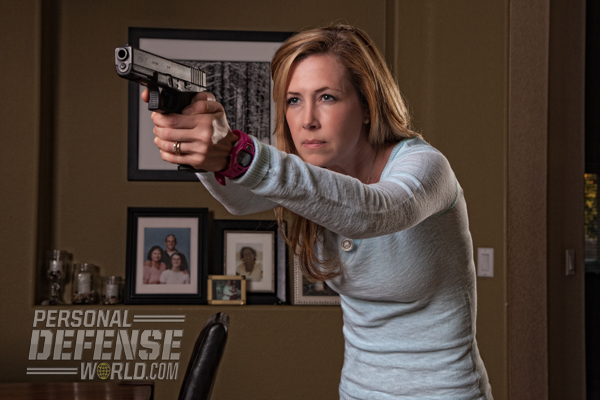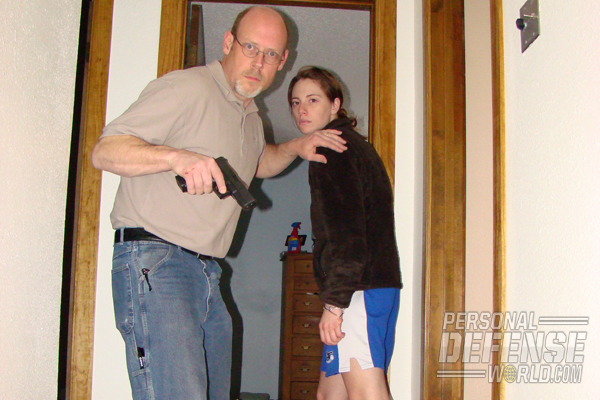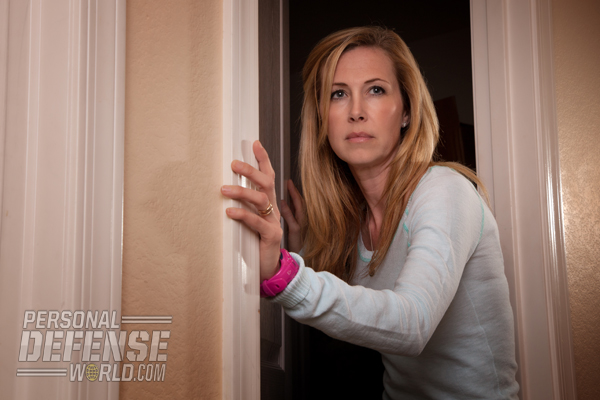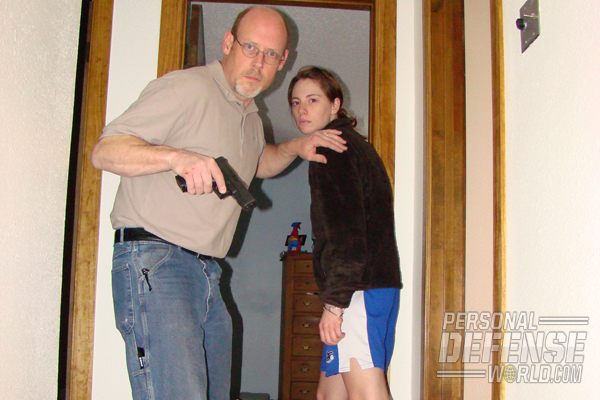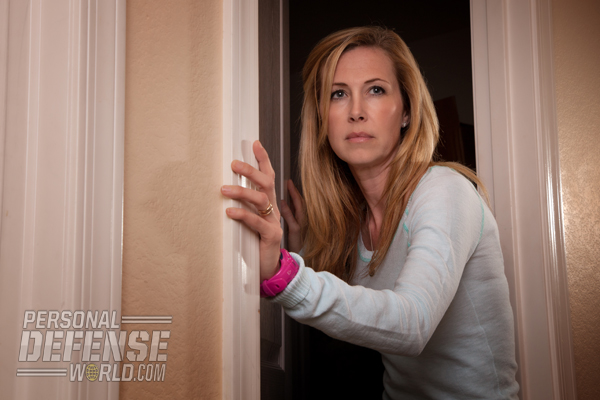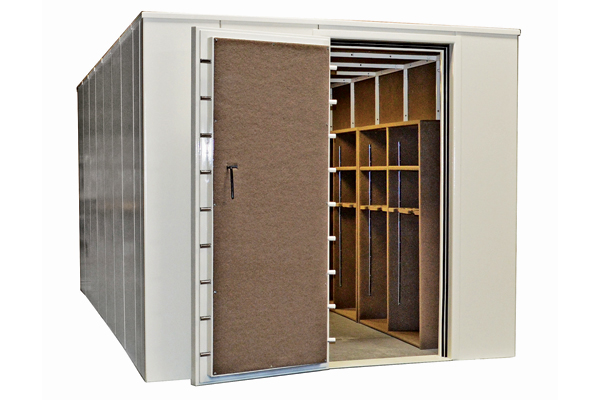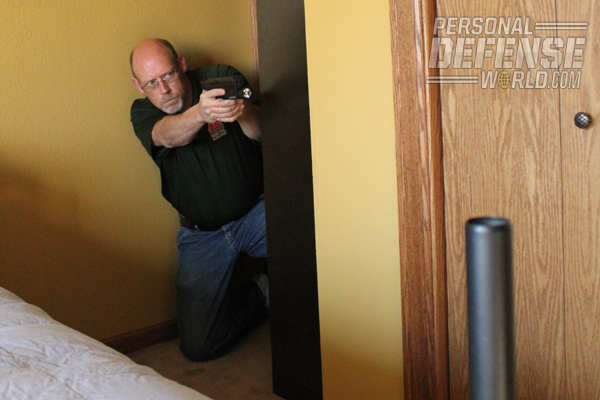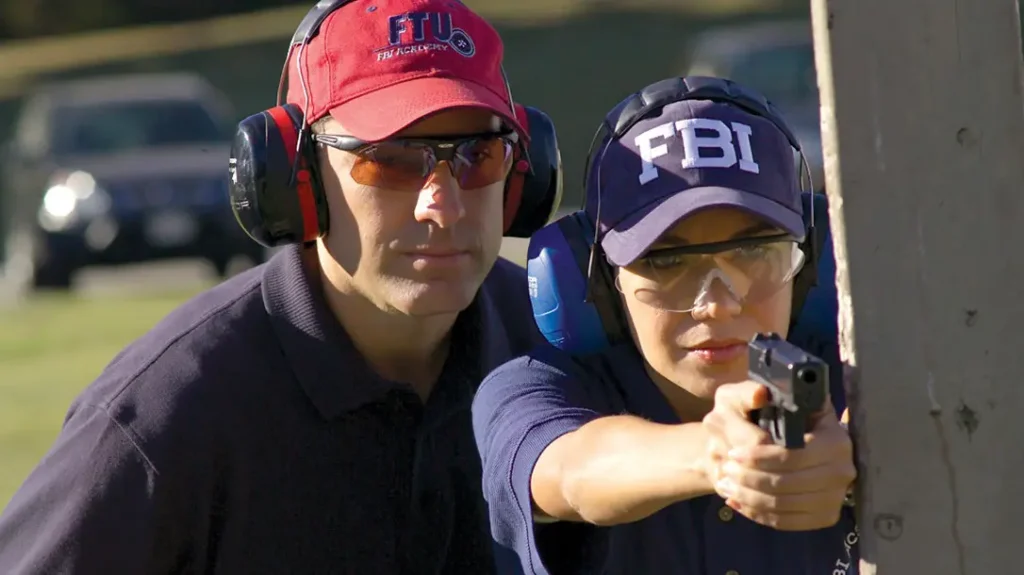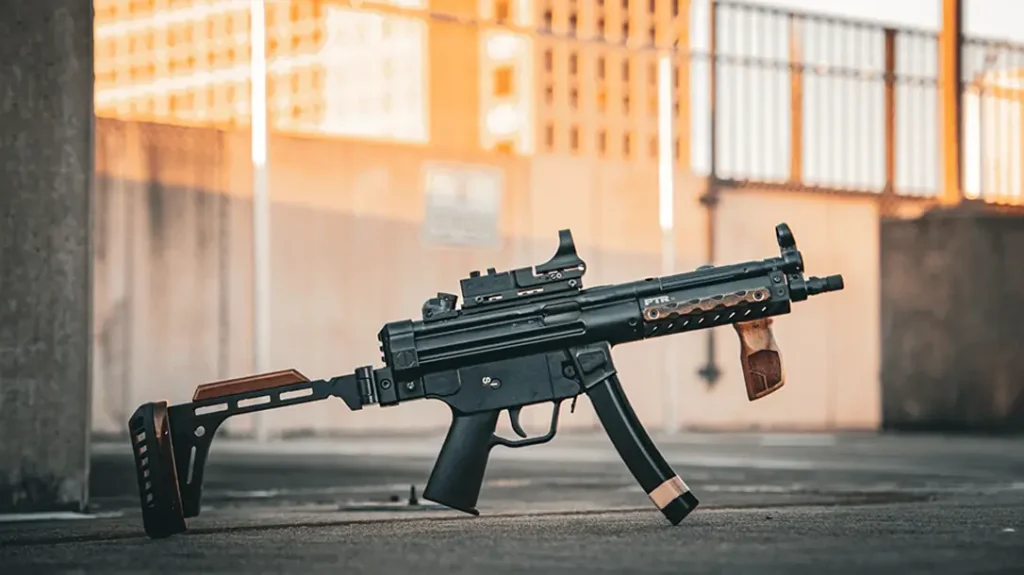Home invasions typically happen in one of two ways: The invader either breaks in by defeating the physical security of your home or you “allow” him to enter by having inadequate security or falling victim to a ruse. Increasing the physical security of your home is a big step toward keeping yourself and your family safe, but no physical barrier will work if it’s not used properly. Read on to learn about 9 different ways to protect your family during a home invasion.
1.) Run Through Your Checklist
Advertisement — Continue Reading Below
Establish a mental checklist of the procedures that maximize your physical security. Every time you enter and leave your home, take a moment to pause and go through that checklist. This repetition will help you and your family members make good security habits part of your everyday routine.
2.) Don’t Open the Door
Advertisement — Continue Reading Below
Many home invaders pose as a salesperson, repairman, stranded motorist, even law enforcement, or some other plausible role to earn your trust so that you lower your guard and open your door. It’s important to remember that opening your door for anybody can leave you vulnerable to a home invasion, so don’t do it. If you can’t just ignore them, tell them through the locked door to leave information for whatever they are peddling at your door or in your mailbox. If they need help, offer to call a tow truck or whatever else they might need for them, but do not open the door to allow them to use your phone.
3.) Don’t Use Door Chains or Bars
Advertisement — Continue Reading Below
In case you’re wondering about door chains or sliding bars, don’t waste your money—or your confidence—on them. An angry 12-year-old can kick the door hard enough to break the security chain, so don’t get in the habit of using them.
4.) Use Your Alarm System
Advertisement — Continue Reading Below
If you choose to invest in an alarm system, use it consistently on a regular basis. Many people only activate their systems when they leave their homes or go to bed, but there’s nothing wrong with turning on the alarm at any time. In the event of a determined home invasion, the alarm will give you an early warning to prompt your reaction plan, it will alert the alarm company to call the police, and it may scare off the intruders. Also be sure to learn how to use the manual alarm activation and incorporate it into your home-defense reaction plans.
5.) Don’t Share Your Security Plans
Advertisement — Continue Reading Below
One final rule of home defense is to never discuss your home security plans with anyone outside your family. This includes sharing keys, security codes or any knowledge concerning your plans or tactics. You never know who could repeat such information or potentially use it against you.
6.) “Fire Drill” Technique
Advertisement — Continue Reading Below
The Fire Drill is exactly what it sounds like—a plan of action that allows all members of your family to quickly and efficiently exit your home and reassemble somewhere safe. Since the dynamics of doing this are pretty much the same whether the threat is a fire or a violent invader, the drill truly does serve double duty.
To start, think about creating a clear system of simple verbal commands. For example, let’s consider a response to a fire or home invasion threat located near the front door of your house. If the most logical thing to do is to get everyone to flee out the patio door that leads to the backyard, you should craft a plan to do that. The commands to implement that plan would be either “Fire!” (for a fire threat) or “Out!” (for any other threat). That command should beimediately followed by “Backyard!” or just “Yard!” Other exits would have simple, clearly identified names like “garage” or “front.” With this approach, everyone knows what to do (get out) and where to do it (which exit). Teach everyone to react and follow instructions immediately, not to ask what is going on.
In a home invasion situation, remember that there may be more than one attacker involved. As such, make sure the first person leaving the house through the designated exit takes a moment to look out the door or window for other threats before opening it. Your Fire Drill plan should also include a specific rendezvous point for the family to meet and a protocol to ensure that everyone is accounted for. Ideally, you should have already developed a good relationship with your neighbors so you can rally at one of their houses.
Advertisement — Continue Reading Below
7.) “Reverse Fire Drill” Technique
The “Reverse Fire Drill” is a carefully planned retreat to a safe room within your home. Once there, the physical barrier will keep you safe while you call 911, manually activate your alarm (if you have one), and wait for help. Typically the master bedroom is the most logical choice for a safe room, but take a hard look at the way your home is arranged and choose the most secure, most easily accessed room to harden as your safe room.
Advertisement — Continue Reading Below
8.) Safe Room Musts
A Solid Core: Hollow-core or paneled doors do not provide sufficient protection to safeguard your family. Purchase a solid-core exterior door that fits the dimensions of your safe room doorway.
Multiple Hinges: Your safe room door should open inward and be hung on at least three, preferably four, high-quality hinges. These hinges should be attached to the door and the frame with 3-inch or longer wood screws or deck screws and reinforced with a steel nail.
Deadbolt Locks: A safe room door needs to have two high-quality deadbolt locks—one above and one below the doorknob. The deadbolt locks should be reinforced with a metal wraparound sleeve and a reinforced strike plate.
Peephole: You should have a one-way peephole to look out of your safe room to see if an intruder is still in the hallway.
9.) Safe Room Covers, Backstops & More
There are three important elements to planning a safe room: Having some type of cover for yourself and your family, being able to cover the doorway and entrance area from that cover and having a solid backstop behind the area you’ll be shooting at and/or into.
Cover is something that will actually stop incoming gunfire. Your best bet is to strategically place either a large bookcase full of books (a very effective bullet stop) or a serious gun safe in your safe room.
The next two elements of safe room planning—fields of fire and solid backstops—should be planned together. Think about firing rounds from various locations in your safe room toward the doorway. Now look beyond the door area and figure out where those rounds would go if they went through your attacker or missed him entirely. As you do this, take into consideration vertical angles as well. If you are kneeling behind cover and shooting at a slight upward angle, how does that affect what the bullet might hit?
Once you’ve determined the best angles of fire, arrange your bedroom to position your safe or other hard cover at your preferred point. This may require some experimentation—and some negotiation with your better half—but it’s well worth the effort.
